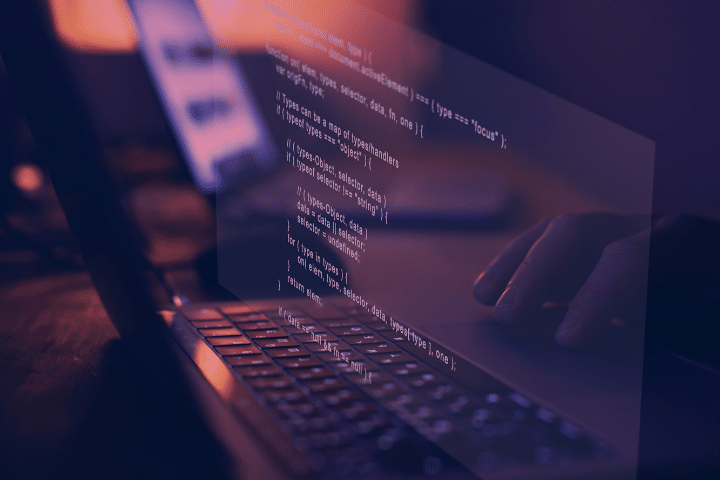With the advent of the Covid-19 pandemic, students and educators from all around the world faced the closure of educational institutions. But were all countries equally affected? According to the report “The State of the Global Education Crisis: A Path to recovery” conducted by UNESCO in December 2021, while the damage to education occurred on a widespread scale, some countries performed better academically than others by swiftly implementing technology systems such as artificial intelligence in response to the unfolding crisis.
This report highlighted a strong trend towards the implementation of technological methodologies in education, both to mitigate the losses accumulated during the pandemic and to encourage students in the knowledge acquisition process, especially concerning the adoption of artificial intelligence in the education system, thus resulting in a new concept of assessment.
In this article, explore how artificial intelligence can impact secondary education in Brazil. Furthermore, observe how this trend has been strengthening, exemplified by the leading countries and companies that have adopted it to bolster personalized learning.
AI in Education Automation
Major AI-based companies have been studying and developing AI tools in the field of education over the years. IBM, a leading institution in computing, is a strong example of this. In 2019, in collaboration with one of the world’s largest education groups, Pearson, IBM transformed its AI into a learning facilitation tutor.
This tool personalizes digital experiences according to each student’s profile. Thus, besides assisting the student more accurately in content absorption, it also helped teachers understand how to further assist students based on the data collected by AI.
The use of artificial intelligence has been applied from basic education, such as a dinosaur toy that included the Watson AI to assist in children’s cognitive development, to secondary education.
For example, in 2020, China began a test using a headband to monitor students’ concentration levels during class. The aim was to help teachers improve their instructions based on the data collected by this AI.
Therefore, although there have been some questions regarding privacy and data generation from this technology, AI and education companies have increasingly invested in tools to integrate technology into students’ academic environments.
In Brazil, according to a 2021 UNESCO report in conjunction with the Ministry of Education (MEC), the importance of AI in technical education at the secondary level was presented, along with suggestions on how to prepare the infrastructure for the incorporation of this project, including:
1. Expanding the offering of AI content in the professional education itinerary through a reform of secondary education;
2. Incorporating programming and data analysis and graphics into the curriculum design of all technical courses at the secondary level;
3. Offering specialization courses in occupational activities related to the technical aspect of AI;
4. Providing courses for occupations that will be more or less impacted by AI, in order to prevent labor market lag and exclusion.
Artificial Intelligence and Educational Content Curation
Educational content curation is another vital process within the educational system. According to an article by David James Clarke IV, research and sharing of educational content can be facilitated using the right AI tools.
Clarke suggests that AI should be directed towards accurate and reliable sources of information. This can expedite the process of gathering content to be delivered to students. Following this material screening, AI can also assist in creating analyses indicating, for example, the effectiveness of the material, student evaluations, raw database usage, shares, and likes left on specific sources. Furthermore, it can assess the student’s level of understanding.
In addition to functioning as a “centralizing” tool for educational resources, AI can also deliver personalized content depending on each student’s profile. Thus, all these resources aid in the learning process of young individuals, encouraging them to study while combining innovation and technology with traditional knowledge.
Ultimately, although AI aids in improving educational content curation, it is also necessary to consider strategies that push students out of their comfort zone of interest. This way, they can explore and learn much more than they would typically have access to.
Ubistart also sees significant potential in the evolution of educational methodologies using new technologies. Therefore, we are committed to generating positive impact in our digital products for various sectors, including education. Visit our website and learn more!




